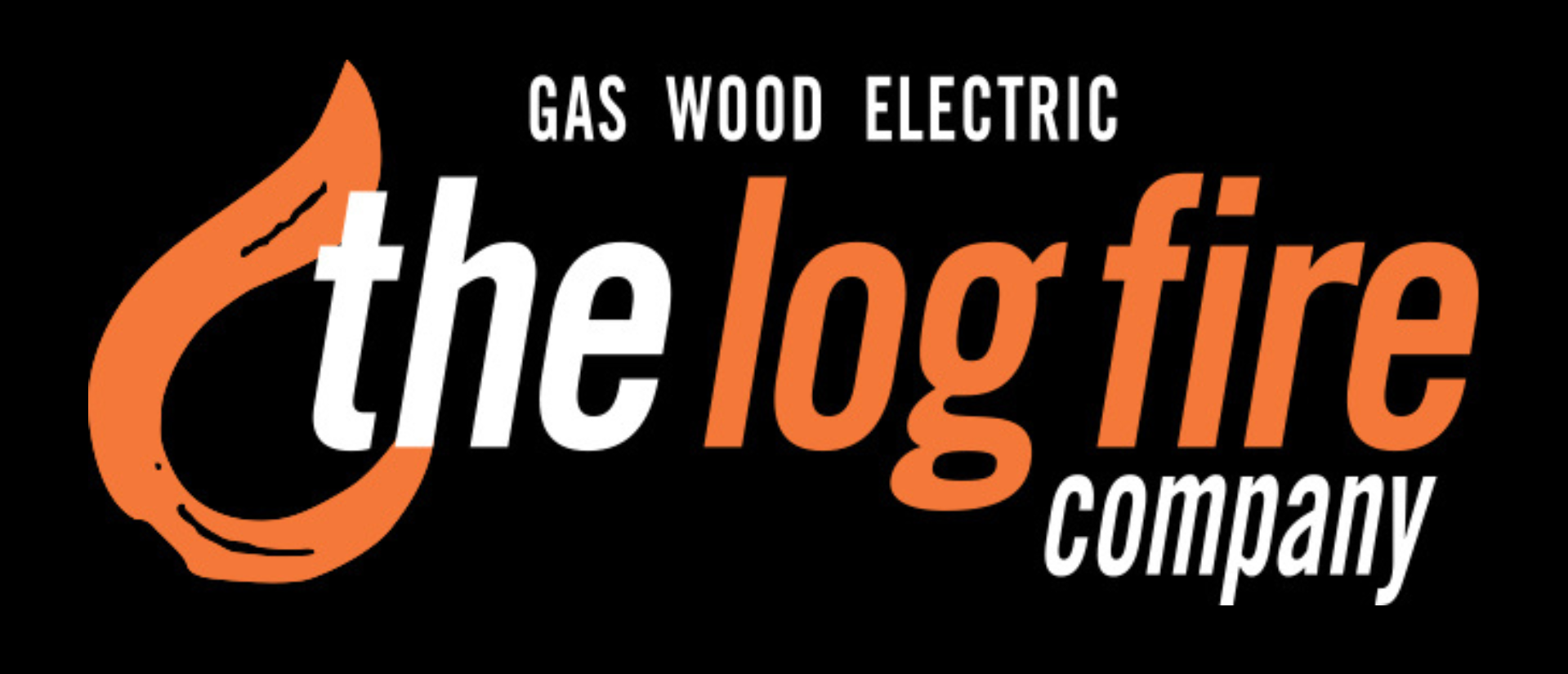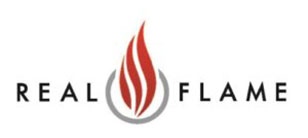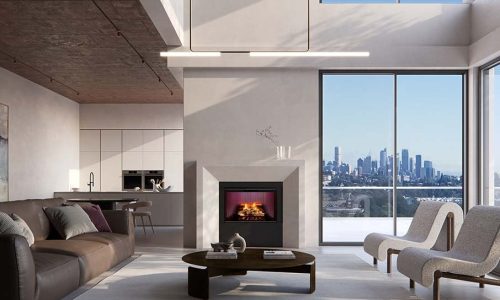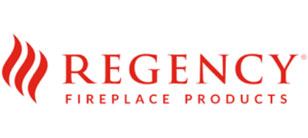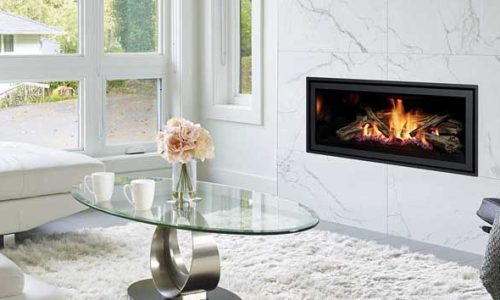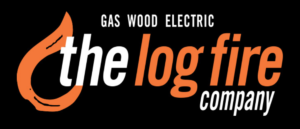Eco-friendly practices have become something of a branding initiative these days, with companies from every corner of the industry plastering proof of it on their products. The same goes for fireplaces since there is a need to make sure that homes are following the sustainability initiative with an eco-friendly fireplace.
With that being the case, it’s worth knowing which fireplaces offer environmental advantages and which ones don’t. Ranking them based on eco-friendliness can also further inform buyers who are searching for a fireplace supplier in Melbourne.
Interestingly enough, however, the composition of the list might be surprising for those who only have a passing familiarity with the subject.

Environmentally Friendly Fireplaces
On the face of it, fireplaces are fairly straightforward products. They are meant to be installed in buildings to keep them warm. However, depending on the fireplace, this warmth can either be limited to just one room or several.
There are other considerations that come with choosing a fireplace, as well, such as their size, fuel source, dimensions, and aesthetic design. All of these, however, will affect the one factor that seems to be on everyone’s mind these days: efficiency.
To this end, let’s take a look at which types of fireplaces stack up when taking all of those points into account. This should make shopping for an eco-friendly fireplace much easier.
1. Gas Fireplace
It might surprise many that gas fireplaces would be considered the most efficient type of fireplace in the market, but a lot of it comes down to what efficiency actually is. It involves maximising the amount of heat preserved and reducing waste while also considering the amount of fuel used.
Granted, there are different types of fireplaces and not all of them are equal in terms of efficiency. As far as efficiency is concerned, however, the difference is in the flue. While gas fireplaces that have a flue would be considered efficient, there is still waste since nearly a third of the heat on average escapes, as a result.
For truly efficient gas fireplaces that produce the most heat, use the least amount of fuel, and come with the lowest levels of emissions, the best insulations and sealing would be required.
Catalytic gas fireplaces are particularly advantageous in this field since they can be up to 95% efficient. At the same time, there’s no need to worry about emissions or CO2 since they are contained by the catalytic converters. It’s worth noting, however, that this type of gas fireplace is not found everywhere.
As such, the typical flued gas fireplace would be the next best option. You could ask a fireplace supplier in Melbourne for more details.
2. Ethanol Fireplace
For those who have never heard of ethanol fireplaces, this would be completely understandable. After all, the alcohol-fueled heaters are not exactly that widespread and are far less popular than their gas, heat, or wood counterparts. However, they do exist and they are efficient.
In fact, thanks to the fact that alcohol burns cleanly, fumes are less of an issue. As such, a lot of ethanol fireplaces don’t even need flues. With that said, they are not as accessible as their more widespread kin and using them can be expensive. After all, gas and electricity are practically everywhere and are more convenient.
3. Electric Fireplace
This would be more in line with what a lot of people would expect when discussing efficient fireplaces, even though it isn’t technically one. It would be more apt to call them electric heaters since they don’t use actual fire to produce warmth.
With that said, the reason that most would consider this type of “fireplace” efficient has to do with the notion that electricity is more eco-friendly than gas. However, one does not necessarily equate the other.
Remember that the factors to consider when looking at fireplace efficiency is preserving heat, lowering emissions, and using less fuel. In most places, electric fireplaces can’t compete with the amount of warmth produced by actual fireplaces. If the power being generated comes from resources like coal, the issue becomes even more clouded.
Even so, it’s undeniable that electric heaters can be efficient. Just not as efficient as the other two options.
4. Wood Fireplace
Last but not least, we have the most inefficient fireplace ever. It uses wood, which then burns, and produces the heat required to warm a space. However, not only is this incredibly wasteful, it also involves byproducts that include ash, soot, and of course, smoke.
While wood fireplaces do come with the aesthetic qualities that are often sought after by homeowners with more romanticised ideas of heaters, they are simply not the most practical option. It’s also worth mentioning that they are a nightmare to clean and maintain.
It’s fine to have them in remote areas like a cabin in the woods since that would be understandable. Gas and electricity would be a premium in such locations while wood should be in abundance.
This is even more acceptable if such buildings are only used on occasion. For residential buildings where people live all through the year, however? This is simply not advisable.
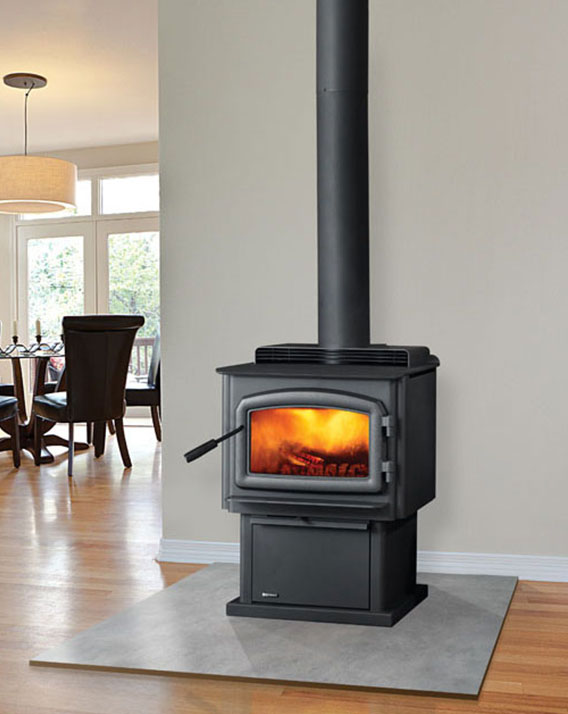
Bonus Fireplaces
When speaking of fireplaces, most people would have some ideas of what they look like or how they function before speaking with a fireplace supplier in Melbourne. However, there are many places in the world that came up with their own ways of heating their homes using more unconventional methods. This is what this section is about.
- Pellet Stoves – this is an interesting way of heating homes because it uses pellets that are basically byproducts of wood processing such as sawdust. These are compressed and turned into tiny fuel sources that are then fed into the stove. A novel concept but is unfortunately expensive.
- Masonry Heaters – the idea behind this model is to infuse heat into the heavy and dense stone construct surrounding the heater. Once the fire is turned off, there is still warmth radiating from the stone as residual heat. It works, but constructing one is a nightmare and the whole thing is beyond heavy.
Contact us at The Gas Log Fire Company, your most trusted gas log fireplace installation service provider in Melbourne.
